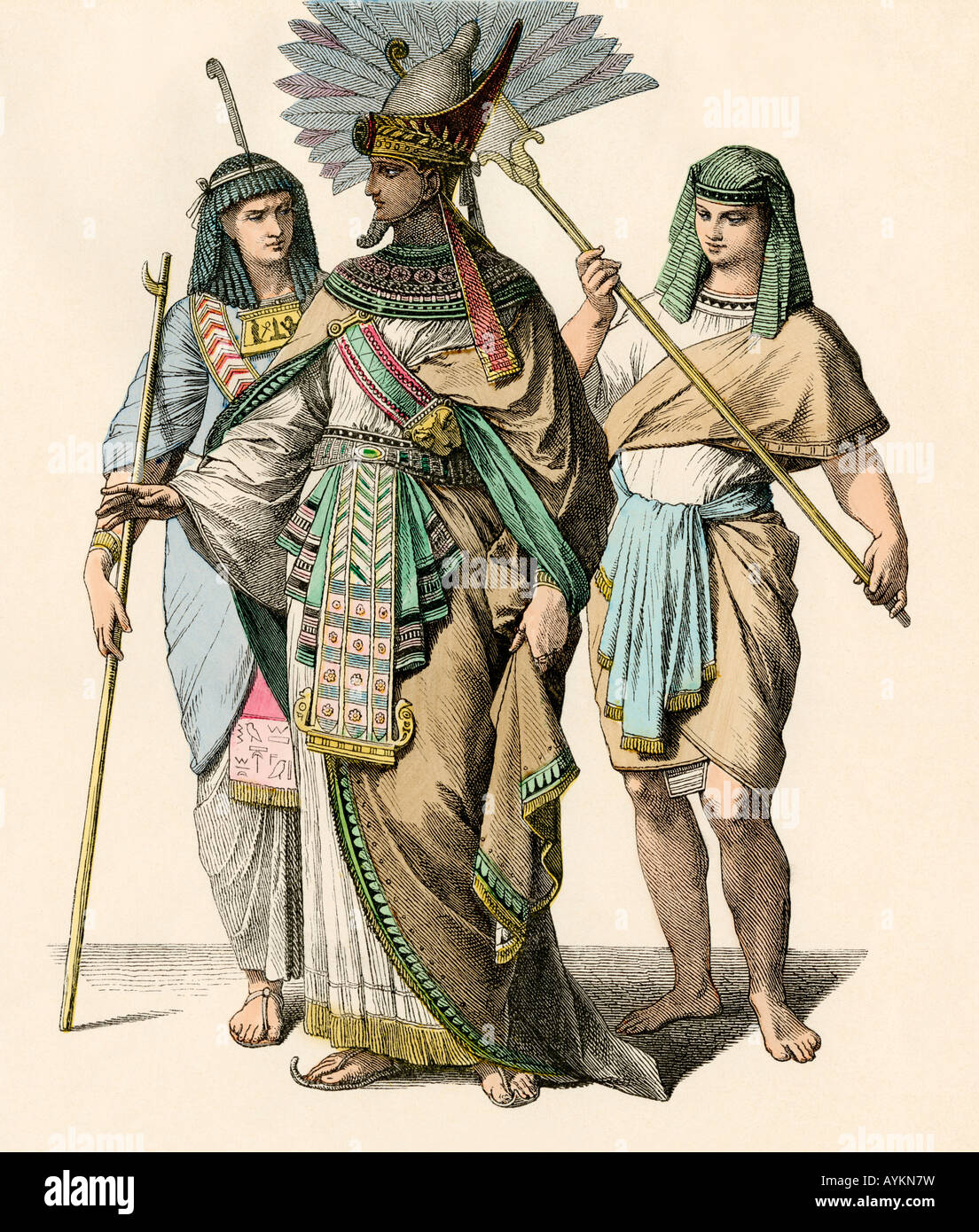There are records of fans from egypt, and likely used even before, made of plant, "fan" leaves or feathers, and were in Greece then Rome. Hand fans first arrived into Europe
in the 15th century from Asia and became popular in the 16th century, especially in Spain and France into the Victorian era into the 1920's.
It was used as a shade against the aggressive hot sun. In Asia they were used to denote different rank, class, and around coronation and marriage. It was also used in the military as a way of sending signals on the field of battle, as well as a defensive weapon and stage or dance performances. They later came to the Americas, as could be seen in church in the south, or in stuffy theaters and opera houses.
Several fan styles were common and many different and precious materials were used to
create them. They may be painted with meaning such as symbols, scenery, folklore, mythology or words.
Hand fans serve as a tool for cooling, for communication, art, social status and fashion. It is an instrument of privacy, modesty or choice revealing, grace, mystery, flirtation, and secrecy.

Known as an abebe from african ethiopian for the fan or kings insignia, or the spanish abanico, the female Orisha are often given fans, which they may ask for, that usually features feathers or made out of their respective wood or metal. The are usually flat fixed open, as the older type, and not the folding type. I have also seen fans made to Obatala as he is sometimes pictured as the saint our lady of mercy, and is associated with calm, clouds, coolness, and stories link him to the breath of life and air. Fans are also common to Oshun and Yemaya. Oshun, her metal mirror can also be translated as a metal fan, but is also partial to peacock fans, depending. Again these fans can be used by those who serve them, and the dead as sheilds and ways to cleanse a person. Some such as a gypsy may tie ribbons to their instruments.
Yemaya, fans ocean waves, and winds that fill the boats sails
fan made to Obatala by
marthapatriciavazquez on ebay
The fan represents beauty, adornment, status as royalty who are fanned, luxury and riches, femininity of ruffles and lace. They may be used to cool or please a spirit, or when one gets spiritually hot, or to fan away negativity. They were also used to keep insects or bad smells away, which could be associated with illness and bad spirits.The fanning movement is waves, and transmits energy of their spectrum much like a whirled or waved colored bandana, fula or panuelo can be used as a ceremonial or ritual object. The word fan comes from latin vannus related to ventilate or ventus, ventos the winds, related to the sky which brings messages or increases energy current, as in fanning the flames. Feathers are a likely symbol to fan or open ones wings, and the connotation of bird to spirit.
hand fan veils
The gypsy and hispaniola spirits in Sanse love their hand fans, and these as well will be made in their specific or personal colors. The female Lwa can be given them as gifts, or may ask for a fan that should be given in their color. The gypsies as well like them to be perfumed, with their scent offering.
Indio spirits may like a smudge fan or feather for cleansing with samhuerio such as tobacco, sweetgrass braids, sage or can be used with incense.
The fan can be used to talk in code, as there are 5 sets of 5 letters, it could be tapped the first time to alert you to the set, and then the taps the second time could be counted to get the letter in the sets position. Example the letter D would be one tap for the first set, then four taps for the letter position.
The spirits may not necessarily follow this old code, but if you pay attention some meanings may still be apparent, especially in Sanse since the spirits of the dead will be the ones present more often, who may retain this cultural knowledge, and since communication is largely nonverbal even among the incarnated in body language.
The main gestures and their respective meanings that together configured
what it was known as “the language of the hand fan” that may still be relevant:
Generally left is no, right is yes, and then the body part used is tapped when necessary.
To hold it to the left ear.
I want you to leave me alone. do not want to hear, do not tell
To let slide it on the forehead or open and close it
You have changed. change of the mind
To throw the fan or hold it closed in front.
hate or dislike, no affection
To let slide it on the eyes or left.
Go away, please. do not want to see you
right eye
I want to see you
To touch the edge of the hand fan with the fingers.
I want to talk to you.
To hold it on the right cheek.
Yes.
To hold it on the left cheek.
No.
To leave it hanging.
continue relationship
To fan slowly open in front.
I am married.
To fan quickly open in front.
I am engaged.
To hold it opened, covering the mouth.
I am single.
To semiclose it in the right and on the left.
I cant.
open 3/4
maybe interested
To open it slowly.
Wait for me.
To open the hand fan with the left hand.
Come and talk to me.
Tap right hand closed
write me
The list can get quite extensive, but gives you an idea
Sancista 7 crossroads
(fan or follow me here or on facebook)
http://www.elabanico.com/language.php/language/en
http://www.ladanza.com/language.htm
http://education.asianart.org/explore-resources/artwork/military-leaders-fan
https://en.wikipedia.org/wiki/European_hand_fans_in_the_18th_century
http://www.angelpig.net/victorian/fanlanguage.html
https://mumptystyle.com/2015/04/29/the-secret-language-of-fans/












